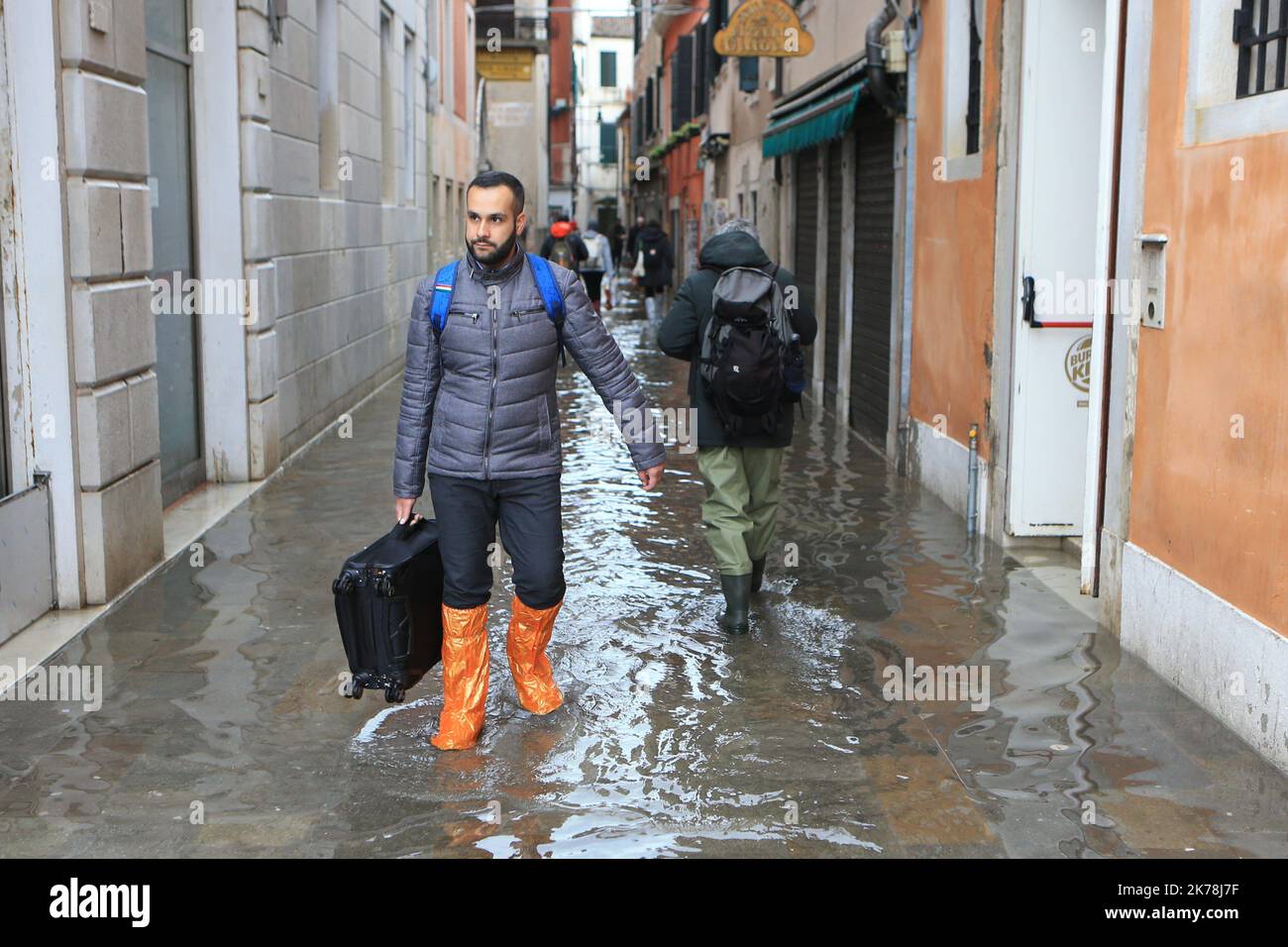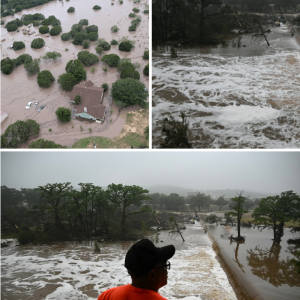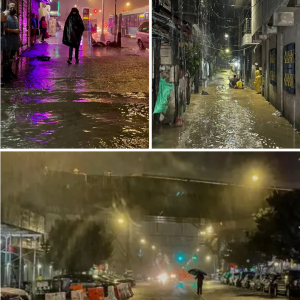“Underwater City”: Hurricane Isaiah Sweeps Away at Night, Water Rises Like a Scream
New Orleans, Louisiana – As the clock struck 3 a.m., residents of Lake Pontchartrain were still in a deep sleep, unaware that Hurricane Isaiah had quietly become the most terrifying nightmare in the past 10 years.
The rain poured down, the wind howled like the scream of angry nature, and in less than an hour, the city was submerged under water as high as an adult’s chest.
The first images recorded by the rescue team’s drone showed: cars swept away like toys, houses collapsed, and hundreds of people standing on rooftops, waving for help in vain. In particular, the residential area of St.
Bernard Parish – home to a large immigrant community – was completely isolated, without electricity, no phone signal, and the water continued to rise every hour.

Local officials said Isaiah surged from a tropical storm to a Category 4 storm in just 18 hours, a pace that was described as “unprecedented and extremely dangerous.” Mayor LaToya Cantrell choked up on television as she said the number of missing people could exceed 200. “We haven’t seen anything like this since Katrina,” she said. “And this time, we’re caught off guard.”
The National Weather Service predicts more rain. “This is no longer an anomaly — it’s a sign of a chain reaction of climate disasters,” warned a climate expert at Tulane University. Meanwhile, many residents took it upon themselves to organize rescue teams, using inflatable boats to pull children and the elderly out of flooded areas.
The situation was exacerbated when a chemical plant in Jefferson County leaked toxic gas early this morning after water flooded its electrical system. Residents in the area have been evacuated, but official information about the risk of contamination has not yet been confirmed.
Hurricane Isaiah left more than flooded streets and shell-shocked homes – it raised a big question: Is the United States really ready for the increasingly extreme disasters of climate change?





